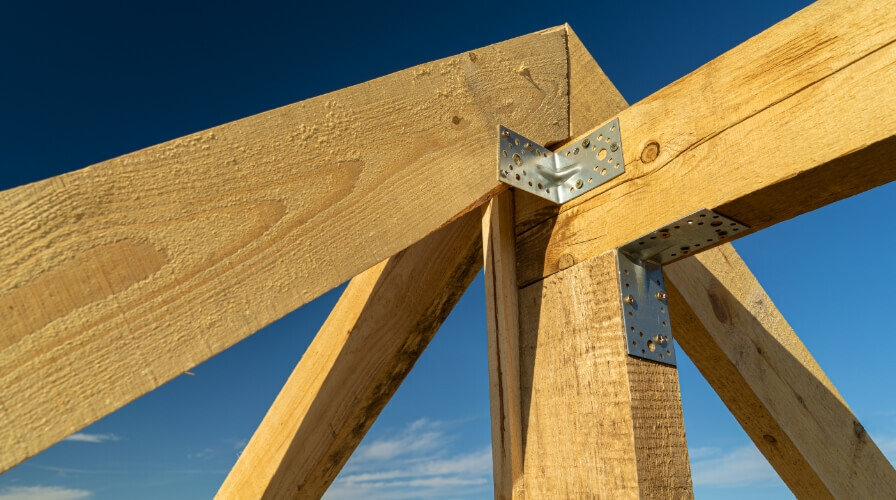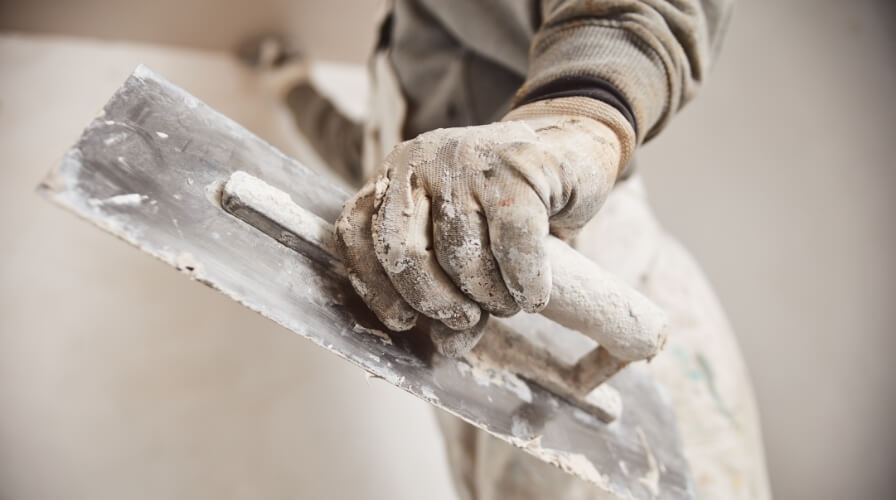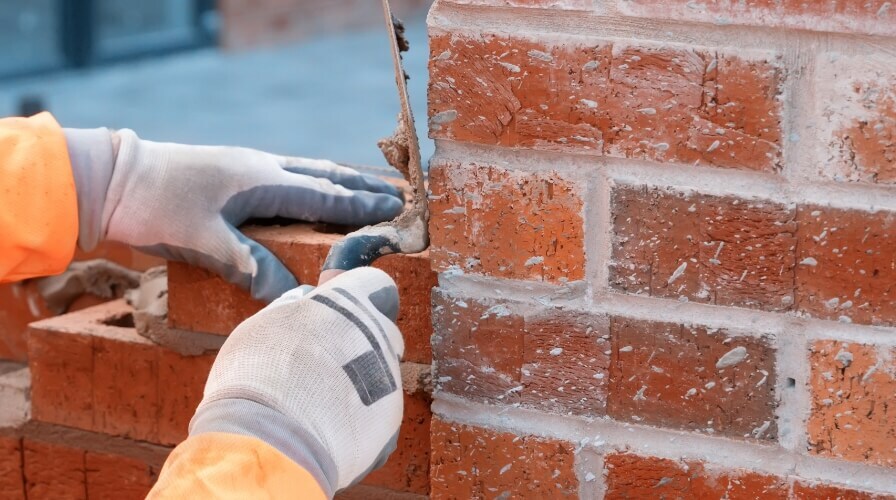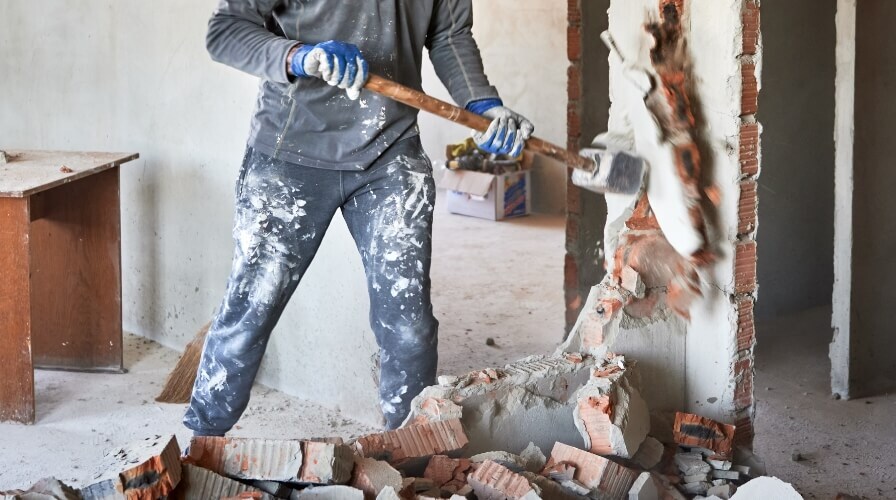Top tips for fitting UPVC doors
Follow these top tips when fitting UPVC doors to ensure they are correctly installed. Remember though, every project is different - seek appropriate specialist advice if needed and always follow manufacturer’s instructions.
1. Measure the brickwork opening in at least three different places. Do not measure the existing door or frame. Take three measurements horizontally (top, middle, and bottom) before deducting 10mm from the smallest measurement to give your width. Take three measurements vertically (left, middle, and right) before deducting 10mm from the smallest measurement to give your height. This 10mm deduction gives you fitting leeway.
2. If you need to remove the old door, check it will not harm the building’s structural integrity. Brush away any loose debris or mortar, along with any of the old sealant.
3. Before fixing the frame, make sure the door is plumb and level using packers and spirit levels. Drainage holes should be at the bottom of the frame.
4. Drill fixing holes in the side of the frame and secure it in position. Use at least five fixings per jamb, and take care not to overtighten the screws, as this could distort the door frame. Quality shims are a great way to stop any movement and any slight adjustments.
5. It’s necessary to toe and heel glaze when fitting a UPVC door. Toeing and heeling is essentially using the glass to reinforce the door — the frame should be secure enough to take the weight of the sash without bowing or dropping
Top tips for fitting composite doors
Correctly fitting a composite door will enable your customers to enjoy its many benefits. We’ve put together five handy tips for installers to ensure a professional installation. Seek appropriate specialist advice if needed and always follow manufacturer’s instructions.
1. It’s recommended that at least two people install composite doors, due to the heavy parts.
2. To reduce exposure to the elements, set the door’s outer frame as far as possible. The frame should be secured into the brickwork using industry-standard plastic-sheathed frame fixing bolts.
3. Use a spirit level to ensure the jambs are square and plumb in all planes, guaranteeing a secure and precise fit.
4. To stop draughts and prevent water from leaking in when it rains, always apply a perimeter sealant. If the property is near a main road, look for a perimeter seal that also offers some acoustic dampening.
5. Once installed, use an Allen key (‘hex’ key) to adjust the hinges and ensure smooth operation.
Jewson supplies a wide range of composite doors and UPVC doors for your project or next job. Manufactured with durability in mind, they provide a wonderful addition or transformation for any property.
Don’t forget every project is different. Products, materials and services that we mention may not be suitable. Where necessary, work should be carried out by a qualified professional. We recommend seeking expert advice if needed, and following manufacturers instructions. Don’t forget to check your work is compliant with any relevant laws or regulations.






